7 Ways to Spruce Up Your Salad
Kale isn't the only good-for-you green.
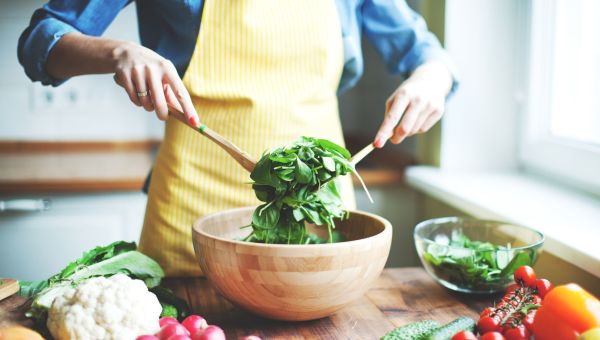
In recent years, kale has become increasingly popular, and not without reason. Kale is abundant in vitamins A, C, and K, making it good for vision, immune function, and healthy blood clotting. It also boasts fiber for healthy digestion and also iron, which carries oxygen throughout the body. But as healthy as kale is, it’s not the only leafy green with nutritional benefits.
The American Heart Association recommends consuming between three and five servings of veggies per day, but eating the same old greens can get boring. Switch up your salads with other nutrient-dense and delicious greens, like spinach and chard.
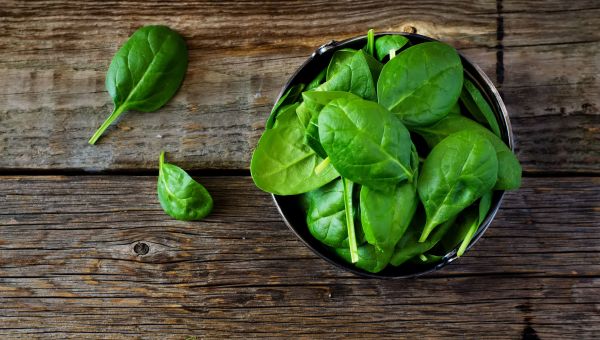
Spinach
One serving of raw spinach, about 1 cup, clocks in at just 7 calories, but packs a serious nutritional punch. Spinach, like kale, contains a great deal of vitamins A (56 percent of the daily value), C (14 percent of the daily value), and K (181 percent of the daily value). A cup of spinach also contains 15 percent of the daily recommended value of folate—a B vitamin involved in converting carbohydrates into energy—and iron, a key component in the production of ATP (adenosine triphosphate), which is your body’s energy source. Blend spinach into a smoothie, toss it into a salad, or fold into an omelet for a nutrient-rich energy boost.
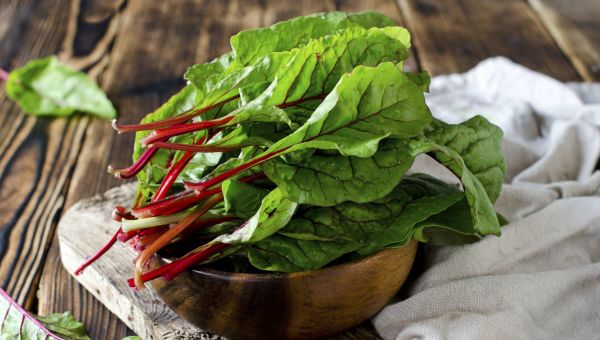
Swiss Chard
Looking to broaden your green horizons? Give kale’s cousin a try. Swiss chard contains immune-boosting A, B, and E vitamins, plus three potentially blood pressure-lowering minerals—calcium, magnesium, and potassium. One cup of raw chard contains 2 percent of the daily value of calcium, 7 percent of the recommended value of magnesium, and 4 percent of the daily value of potassium.
Let’s not forget about versatility. Chard blends deliciously into a fresh-pressed juice, can be scrambled into eggs, or may be sauteed and simply seasoned with some black pepper.
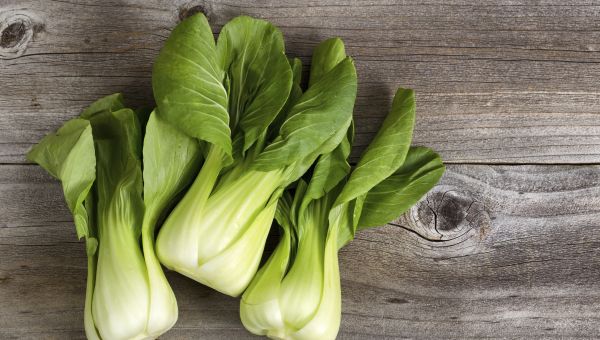
Bok Choy
Chinese cabbage is a nutrient powerhouse, loaded with vitamins A, C, and K, calcium, fiber and folate. In fact, bok choy contains more calcium than the same size serving of kale. Fiber promotes healthy digestion, calcium is good for bone health (and studies suggest it helps lower blood pressure, too), and folate works to convert carbs to energy.
Add some chopped bok choy to your favorite healthy stir-fry recipe for a quick, easy, and nutritious dinner option.
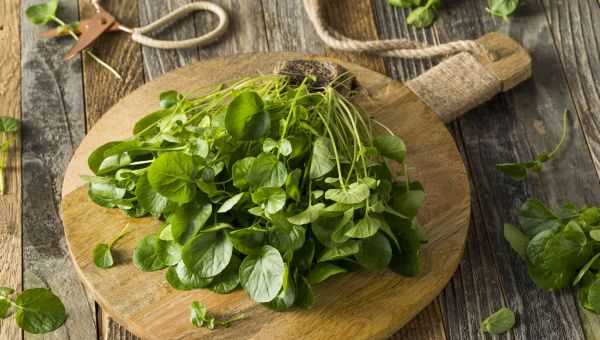
Watercress
The leafy tops of the watercress plant add a floral aroma and a peppery taste to dishes. Watercress is packed with vitamins and minerals, and contains 106 percent of the daily recommended value per cup of vitamin K, which helps keep blood vessels from hardening and promotes blood clotting.
Try adding watercress to soups, salads, or sandwiches for a boost of vitamins and flavor.
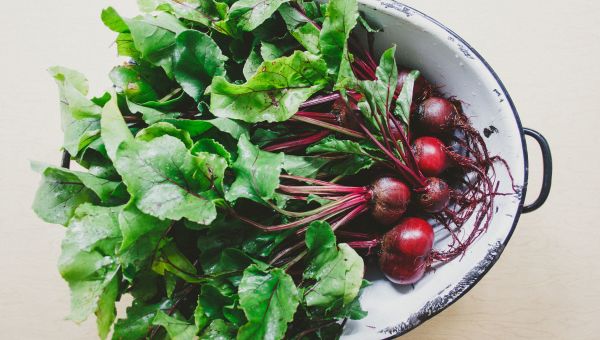
Beet Greens
Ruby red beets are topped with nutrient-dense leaves that are often disregarded and discarded. But 1 cup of chopped, cooked beet greens contains 17 percent of the fiber your body needs daily, 220 percent of the daily recommended value of vitamin A—good for immune function—and 870 percent of your daily value of vitamin K, which promotes clotting factors in your blood.
Beet greens make an excellent addition to your salad or green juice or you can eat them sauteed as a side dish.

Broccoli Rabe
Broccoli rabe is abundant in nutrients, like fiber for digestion; vitamin K for proper blood clotting; and manganese, necessary for bone, brain, and nerve function. A 3-ounce serving of cooked broccoli rabe boasts 10 percent of the daily recommended value of fiber, more than 270 percent of vitamin K, and 16 percent of manganese. Per 1/2 cup serving, raw broccoli rabe consists of 93 percent water—a great way to get some extra hydration throughout the day.
Grill, roast, or saute these stalks with seasonings such as garlic or black pepper for a crunchy, flavorful, and nutrient-packed side.
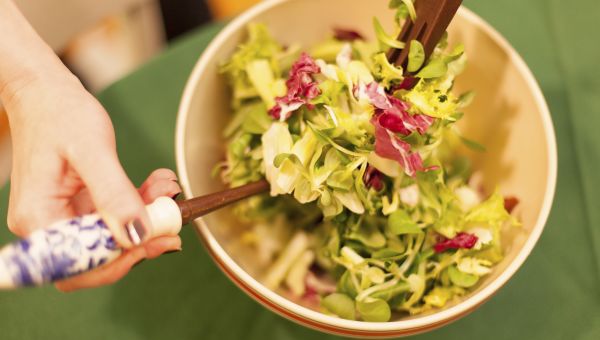
Chickory
Chicory is known for its blue flowers, but the leaves are the real attraction. Toss a cup of the tender leaves into your next salad for a boost of vitamins C (12 percent daily value), A (33 percent daily value), and K (108 percent daily value). These vitamins promote proper blood clotting, good vision, and healthy immune function.

National Institutes of Health Office of Dietary Supplements. Vitamin C. March 26, 2021. Accessed April 6, 2022.
MedlinePlus. Vitamin K. April 1, 2022. Accessed April 6, 2022.
MedlinePlus. Iron in diet. April 1, 2022. Accessed April 6, 2022.
American Heart Association. Suggested Servings from Each Food Group. November 1, 2021. Accessed April 6, 2022.
University of Maryland Medical Center. Low Iron Levels. 2022.Accessed April 6, 2022.
Mayo Clinic. Nutrition and Healthy Eating: Dietary fiber: Essential for a healthy diet. January 6, 2021. Accessed April 6, 2022.
National Institutes of Health Office of Dietary Supplements. Vitamin A and Carotene. March 23, 2022. Accessed April 6, 2022.
More On


video

article

slideshow


video


video
